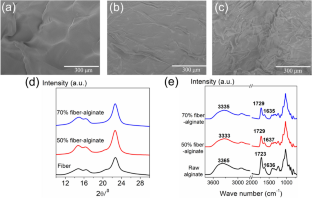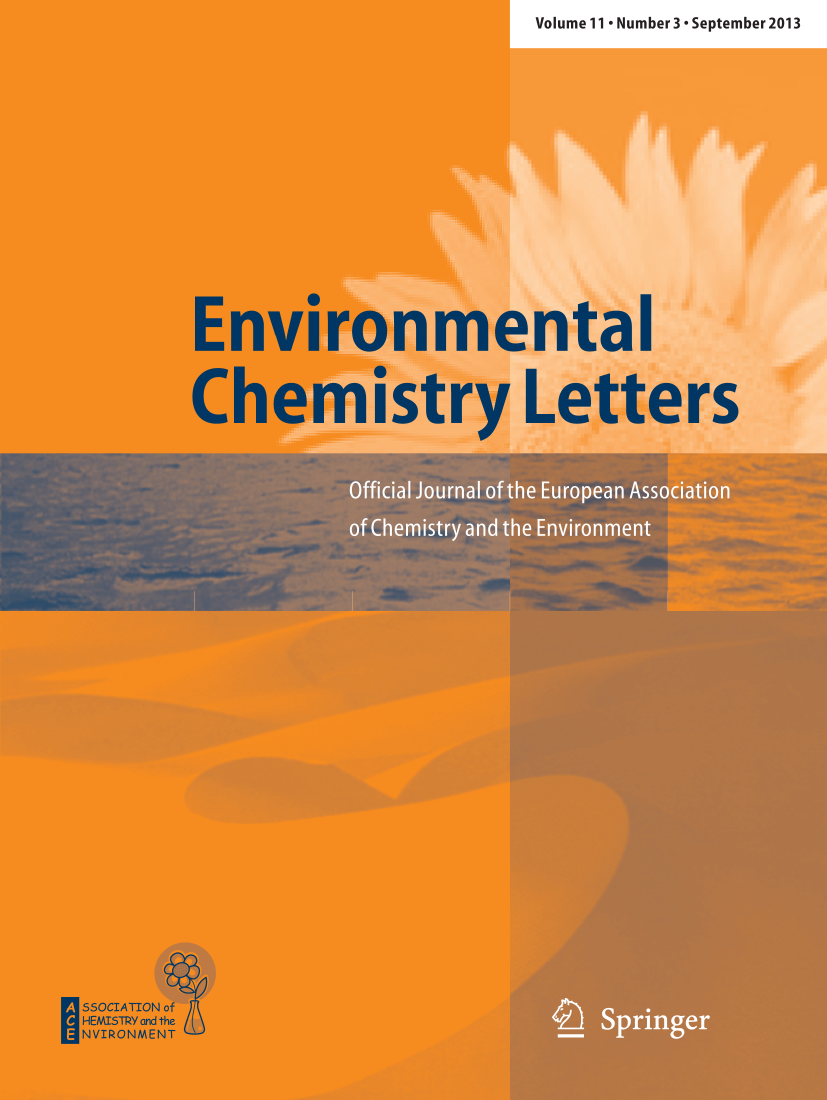Transforming low-quality cotton fibers into dye adsorbents
Abstract
Low-quality cotton fibers are a low-value waste material within the cotton industry. Upcycling and transforming into high-value materials are highly desired. This study investigates upcycling fibers into hydrogel biosorbents and assesses their efficacy in dye adsorption. An effective gelation approach was employed via simply dropping droplets of suspension mixture of sodium alginate and fibers into acidic bath. Resulting composite hydrogel beads were utilized for dye removal. Composite beads successfully immobilized less than 70 wt% of fibers and achieved a significant improvement in thermal stability. Composite beads with 50 wt% fibers and alginate showed no decrease in methylene blue adsorption capacity. This outcome was unexpected considering the lower dye adsorption capacity of fibers than alginate, particularly notable since it indicated that reduced quantities of the more costly sodium alginate were sufficient to achieve comparable dye adsorption capacity. Mechanistic study unveiled that both the loose crosslinking structure and the electrostatic forces were responsible for the unexpected high adsorption capacity of 50% fiber-alginate. This study reports a promising, innovative and effective upcycle strategy for the first time that can transform fibers into high-value biosorbents without compromising dye adsorption capability.


 求助内容:
求助内容: 应助结果提醒方式:
应助结果提醒方式:


